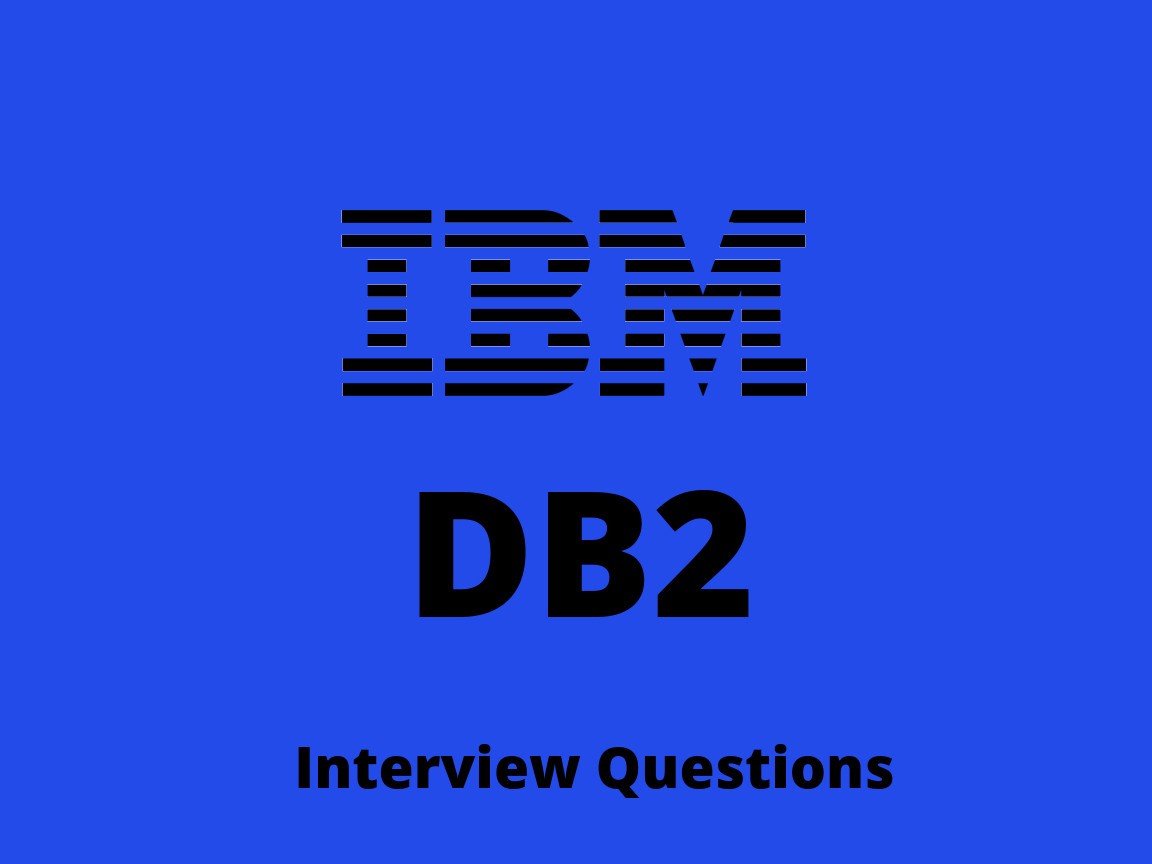Do you know DB2 was the first name given to Database management Systems? This is a must-know for every Android developer as this new era of application is keenly focused on mobile devices and is becoming increasingly important in large enterprises. For those who desire progress in their android developing career, the knowledge of the DB2 concept gives a kick start and helps for furtherance.
Here we have got you some DB2 interview questions, which are specially designed to get you acquainted with the nature of questions you may encounter while being interviewed.

